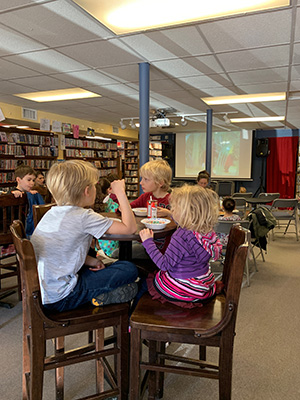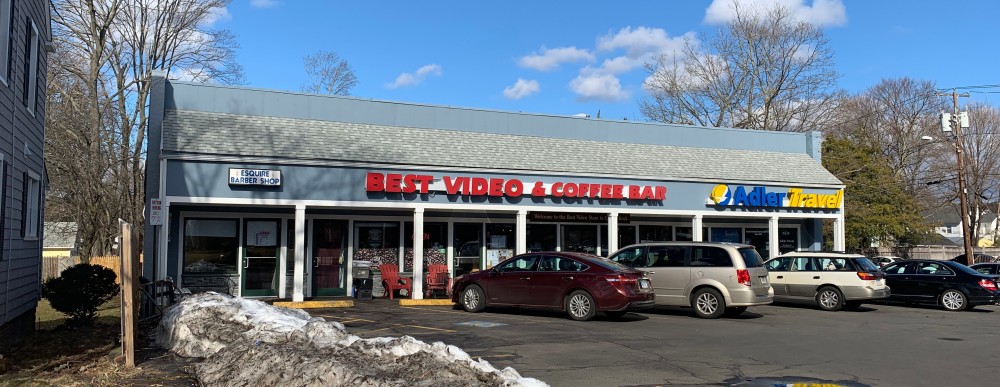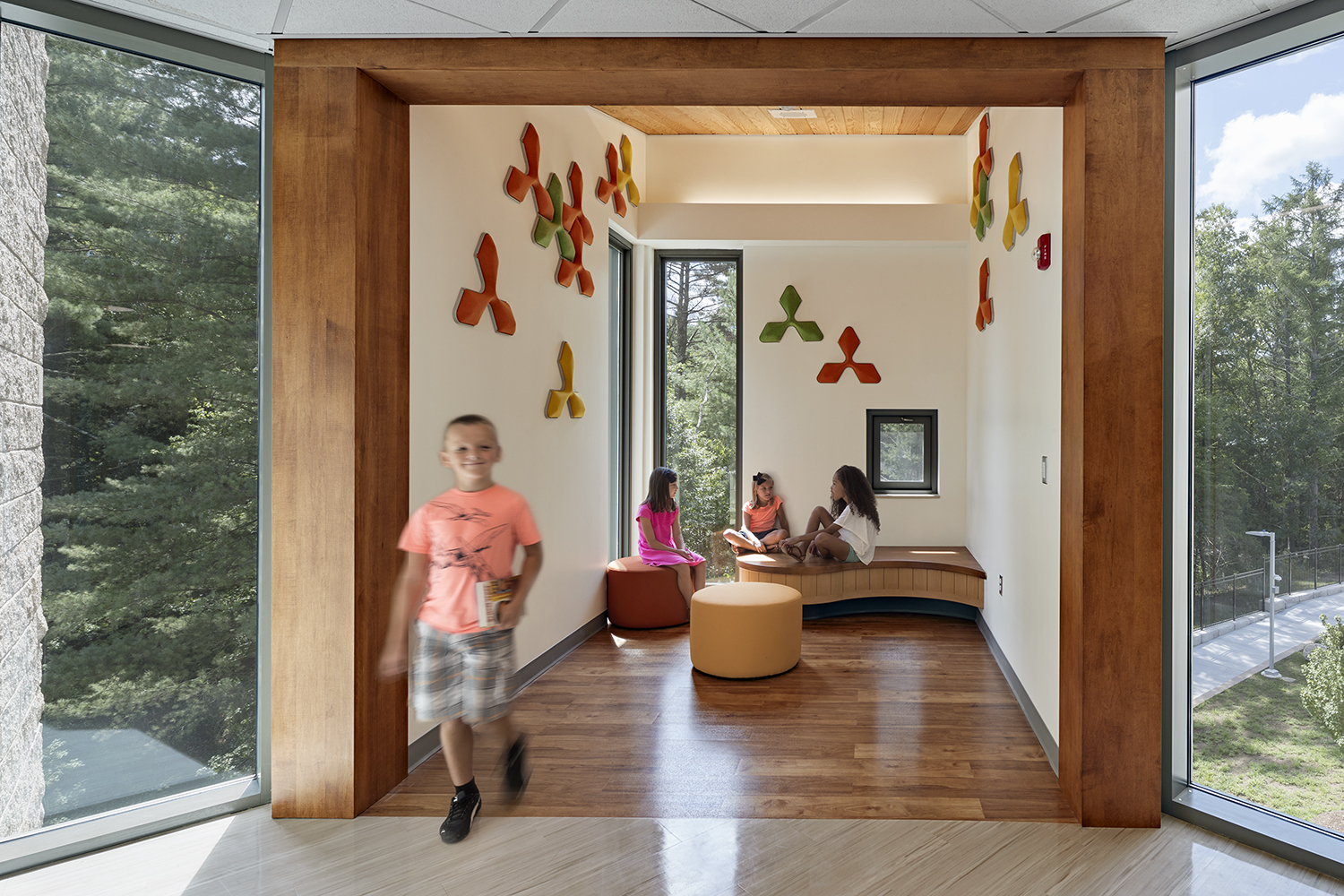On Social Value | Part II: Our Nooks
April 18th, 2019
 Our Nooks are the idiosyncratic little holes-in-the-wall that needle affection into our hearts. They’re the special places that emerge – nearly from the cracks in the sidewalk – and evolve, through love and care, into places that we know belong to “our neighborhood”.
Our Nooks are the idiosyncratic little holes-in-the-wall that needle affection into our hearts. They’re the special places that emerge – nearly from the cracks in the sidewalk – and evolve, through love and care, into places that we know belong to “our neighborhood”.
The video store. Yes, one might be inclined to think of the video store as a 90’s era phenomenon, now long extinct. But my little neighborhood just north of New Haven is home to a Dodo Bird in the modern film industry: a walk-in video store.
Best Video, like the library, has survived by adapting its service model and embracing its role as a garrison of social value. Recently rebranded as the Best Video Film & Cultural Center, the store offers a venue for a variety of regular programming, including musical acts, comedians, lectures, and an annual Oscar party. A small selection of seating options provide space for casual meetings, or evening drinks with friends. Children can settle in on weekend mornings to watch cartoons while their parents enjoy coffee and pastries from the café counter.
The store itself is settled behind an average-looking shopfront. The interior has a record-store vibe - a little darker and more cluttered than the bright Blockbusters of my memory. A few residents dismiss the store as a peculiar relic, too much of a dive to bring their houseguests for morning coffee. But the majority of my neighbors recognize Best Video for what it truly is: a community treasure. And they are more than willing to contribute to keeping its doors open.
Trying to create nooks in new architecture is a tall order. After all, these types of places are typically defined by their slow authentic burgeoning. One way to work within this paradigm is to pilot test certain types of community services before committing to construction. The success of a pop-up food-pod, bookstore, green space, or night-market can be a tremendous indicator for how a similar development will fare in the same location.
Prototyping requires extensive input from the community, but even (and especially) when prototyping is not feasible, the design team must engage the community at a variety of levels to understand what is needed. Community visioning efforts are essential in identifying needs and aspirations of the people most likely to inhabit a place. Reaching the full audience is hard work - not everyone will attend a public comment meeting or fill out a survey. So, we must get out on the street to ask pedestrians what is working for them and what is not. We must go into the businesses to ask merchants and shop-goers what is missing from their neighborhood. We can even post polls on social media to collect supplementary data. And then, it is critical to circle back with the same community members for feedback once design concepts are in progress..jpg)
When we were designing Columbus Family Academy, local food vendors told us they needed a wider sidewalk to set up their food carts. We strategically widened the pavement at the front of the school and included benches along the sidewalk, as well. These interventions were simple to provide, filled a need, and made the block safer for regular foot traffic.
In the design of a bridge rehabilitation project in New Britain, CT, we were able to extract essential information about the use of the bridge from local residents throughout our public engagement process. The existing pedestrian experience on the bridge felt windy, and cold, and exposed to vehicular traffic. We also learned that one sidewalk on the bridge was more highly trafficked than the other. As part of an effort to iconize the bridge railings, the design team was able to include streetscape improvements that included widening the more popular sidewalk and adding planters to create a traffic buffer. At the ends of the bridge, which had become unkempt and felt unsafe, we renovated these green areas, hedging back the overgrowth to create pocket parks.
Building social value into our environments does not need to be high cost. A bench, a planter, a community mural, or a bit of pavement can go a long way. With nooks it truly is the thought that counts.
Social Value: Part I: Our Castles









